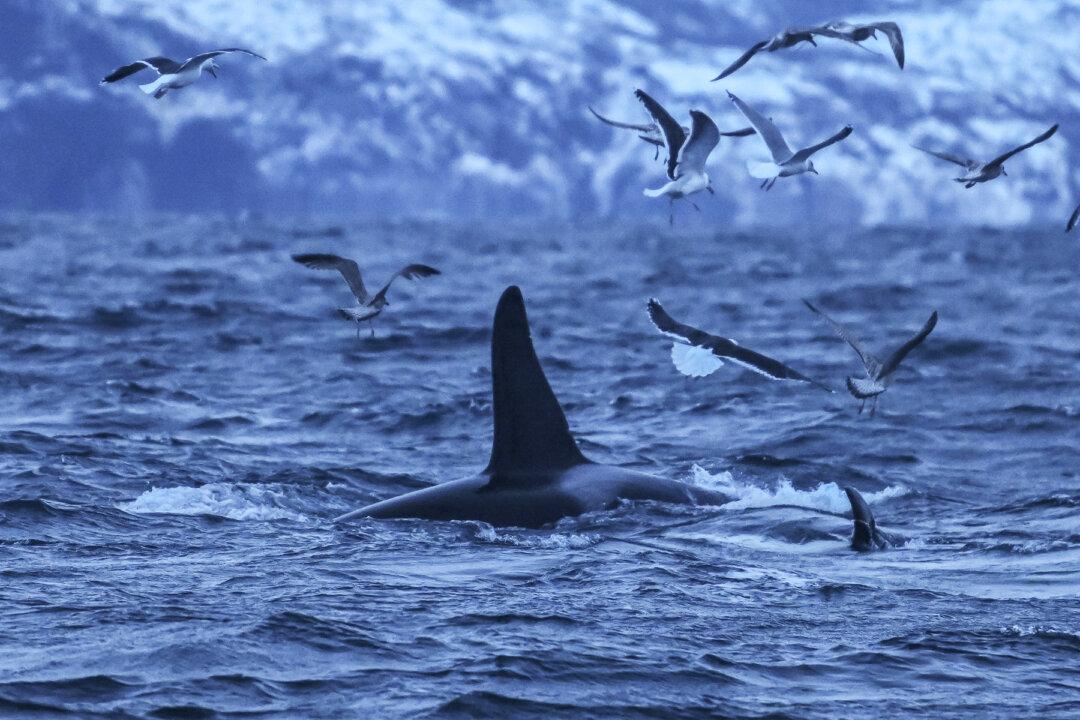In the last winter, a scientist from British Columbia, Canada, became one of just a handful of people around the world to ever get a chance to lay eyes upon a pod of Type D killer whales, a mammal so rare that scientists in the past have gone decades without seeing them.
Josh McInnes, a marine mammal expert who works with the California-based Marine Life Studies research organization, recorded the second official sighting of the unique orcas over the span of a year, encountering these distinctive sea creatures just around one year after a separate scientific expedition managed to catch sight of them in January of 2019, according to the United States National Oceanic and Atmospheric Administration (NOAA).




